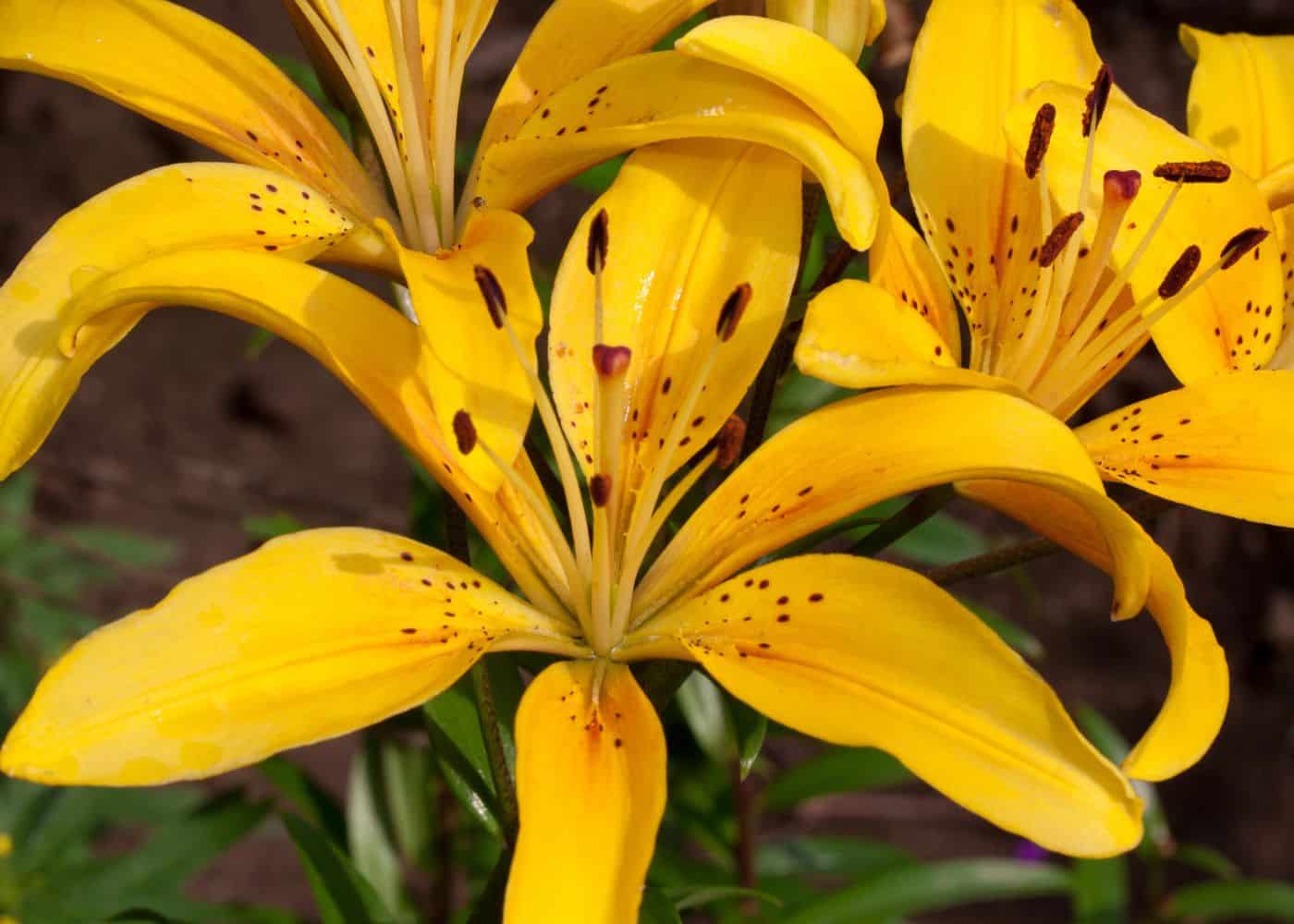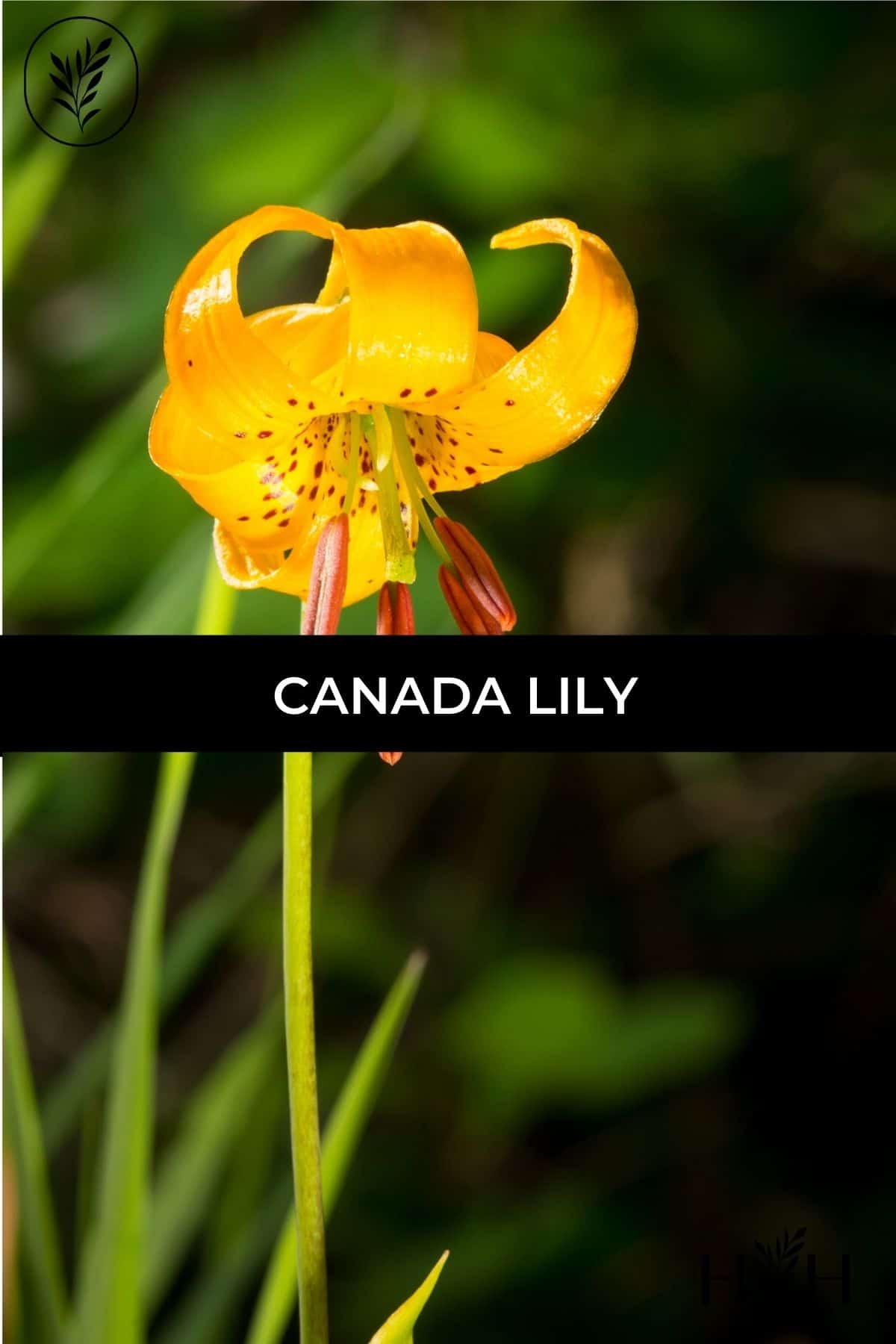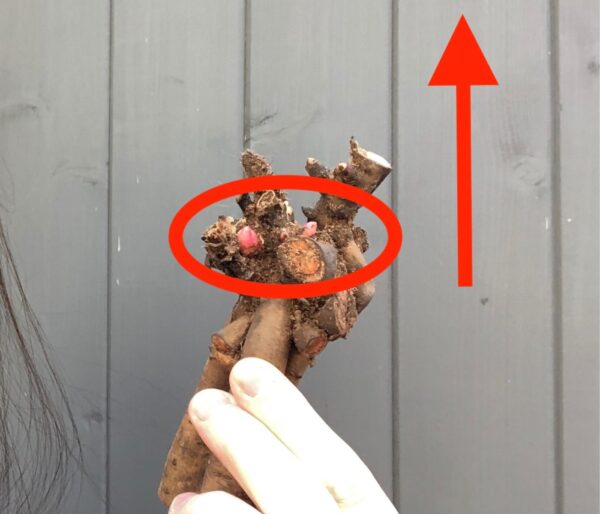Welcome to the wonderful world of Canada lilies! These beautiful wildflowers are native to eastern North America, and can make a gorgeous addition to any garden. With their bright yellow petals and tall stalks, they add beauty wherever you plant them – even if your gardening skills aren’t too advanced.
In this blog post, we’ll be covering everything you need to know about planting, caring for, propagating and enjoying these lovely flowers. From tips on keeping pests away from your plants, to advice on getting the most out of each blooming season – let’s explore all that Canada lily has in store for us!

Introduction to the Canada lily
The Canada lily (Lilium canadense) is a beautiful perennial flower native to North America. Growing up to 3 feet tall, this plant has long, narrow leaves and produces large trumpet-shaped flowers in shades of yellow, orange, or red. The blooms appear from late spring through summer and attract hummingbirds and butterflies alike.
Planting the Canada lily is easy; it prefers moist soil with plenty of organic matter for the best growth. When planting outdoors, choose a spot with full sun to partial shade for optimal results. Dig a hole twice as wide as the root ball of your lily bulb and place it in the hole so that its top sits just below ground level. Cover with soil and water thoroughly after planting.
Once planted, care for your Canadian lilies by providing adequate moisture during their growing season – especially when temperatures are hot – by watering deeply once or twice per week, depending on conditions (like rainfall.) Caring for these plants is just as easy as most other lilies.
Fertilizer can be used for lily plants but is not necessary unless you want larger flowers or more foliage growth than normal, which may require additional nutrients. Deadhead spent blooms regularly throughout the season to encourage new ones to form quickly thereafter.
Enjoy your Canadian lilies all season long by cutting some fresh blooms indoors, where they’ll last several days in a vase filled with clean water. Or simply sit back, relax, and admire their beauty directly outside. Either way, these stunningly gorgeous plants will bring lots of joy and happiness wherever you decide to display them.
Planting Canada lilies
Planting Canada lilies is a great way to add color and beauty to your garden. These beautiful flowers are native to North America, so they’re well-suited for the climate in this region. Fall and spring are the best times to plant them. When planting Canada lilies, it’s important to choose the right soil type and provide adequate sun exposure.
Soil type
The best soil type for growing Canada lilies is rich, moist loam that drains well. If you have clay or sandy soils, you may need to amend them with compost or other organic matter before planting your bulbs.
Sun exposure
Canada lilies prefer full sun but will tolerate partial shade as long as there are at least four hours of direct sunlight each day. Too much shade can cause the plants not to bloom properly or even die off completely due to the lack of light energy needed for photosynthesis.
Spacing requirements
Planting depth should be three times deeper than the bulb size; if using small bulbs (less than 2 inches), plant 4 inches deep; larger bulbs should be planted 6 inches deep. Space individual bulbs 8-12 inches apart from one another and keep rows 12-18 inches apart when planting in groups or beds of multiple varieties of Canada Lilies together.
Aftercare
Water newly planted bulbs thoroughly after planting and then water regularly during their active growth period (spring through summer). A balanced fertilizer applied every month during this time (along with any other types of lilies nearby) will help promote healthy foliage growth and flower production throughout the season.

Caring for Canada lily plants
Canada lilies are relatively low maintenance once established. That said, a bit of extra care for the first couple of years can get them off to a healthy start.
Watering
Canada lilies need regular watering to keep their foliage and flowers looking healthy. Water them deeply at least once a week, making sure the soil is evenly moist but not soggy. During hot weather, they may need more frequent watering. If you’re unsure if your plants need water, stick your finger into the soil near the plant—if it feels dry an inch or two down, it’s time to water.
Fertilizing
Fertilize your Canada lilies in early spring with a balanced fertilizer according to package directions. Reapply every few weeks (or however often the package advises) until mid-summer when growth slows down; then fertilize again in late summer for one last boost before winter dormancy sets in.
Pruning
Prune away dead stems and leaves after flowering has finished for the season (usually around midsummer). Cut back any remaining foliage that looks unhealthy or unattractive by about half its length; this will encourage new growth and help prevent disease from spreading throughout the plant.
Once established, Canada lilies are low-maintenance plants that require minimal care while providing beautiful blooms all summer long. Plant them where you can enjoy their beauty up close—in borders along walkways or paths, near decks and patios.
Propagating Canada lilies
Propagating Canada lilies is a great way to get more of these beautiful flowers in your garden. You can propagate them from seed or by division, and both methods are relatively easy to do. Division is more common than seed propagation.
Seed propagation
If you want to start with seeds, the best time to sow them is in late winter or early spring. The soil should be kept moist but not wet until germination occurs, which usually takes about two weeks. Once the seedlings have emerged, thin out any overcrowded plants so that each one has enough space for proper growth. Make sure they receive plenty of sunlight and water regularly throughout their growing season.
Division
If you’d rather divide existing plants instead of starting from scratch with seeds, it’s best done when the plant is dormant in late fall or early spring before new growth begins again. Carefully dig up the entire clump and separate it into sections using a sharp knife or spade – each section should have at least three shoots attached for successful propagation. Replant each section immediately after dividing and keep it watered until it is established again; this may take several weeks depending on conditions like temperature and rainfall amounts during that time period.
Once propagated successfully, Canada lilies will reward you with beautiful blooms year after year.

Pests & diseases
Pests and diseases can be a problem for Canada lilies, but with proper care and attention, they can still thrive in your garden. The most common pests are aphids, slugs, snails, caterpillars, and thrips. Aphids feed on the sap of the plant, which can cause stunted growth or wilting leaves. Slugs and snails will chew through the foliage, leaving behind ragged edges to the leaves. Caterpillars will also eat away at foliage while thrips feed on pollen, causing discoloration of flowers or distorted petals.
To prevent these pests from damaging your plants, you should inspect them regularly for signs of damage or infestation. If you find any affected areas, remove them immediately before they spread to other parts of the plant. You may also want to use an insecticidal soap spray as a preventative measure against future infestations.
Fungal diseases such as powdery mildew and leaf spot can also affect Canada lilies if conditions are right for them to develop. This is usually when there is too much moisture in the air combined with warm temperatures over long periods of time. To help reduce this risk, try not to water directly onto the foliage but instead focus on watering around the base of each stem so that only roots get wet – this helps keep humidity levels down around your plants, which makes it harder for fungal spores to survive. Additionally, prune off any dead or diseased stems promptly so that infection does not spread further throughout your garden.
By taking some simple steps such as regularly inspecting them, removing damaged parts quickly, using insecticidal sprays where necessary, avoiding overwatering, and pruning off dead stems, you should be able to protect your Canada lilies from pests and diseases without too much effort.
It is important to be aware of pests and diseases that can affect Canada lilies, but with proper care and maintenance, you can enjoy these beautiful flowers for years to come. Now let’s look at how to best enjoy your Canada lilies.








